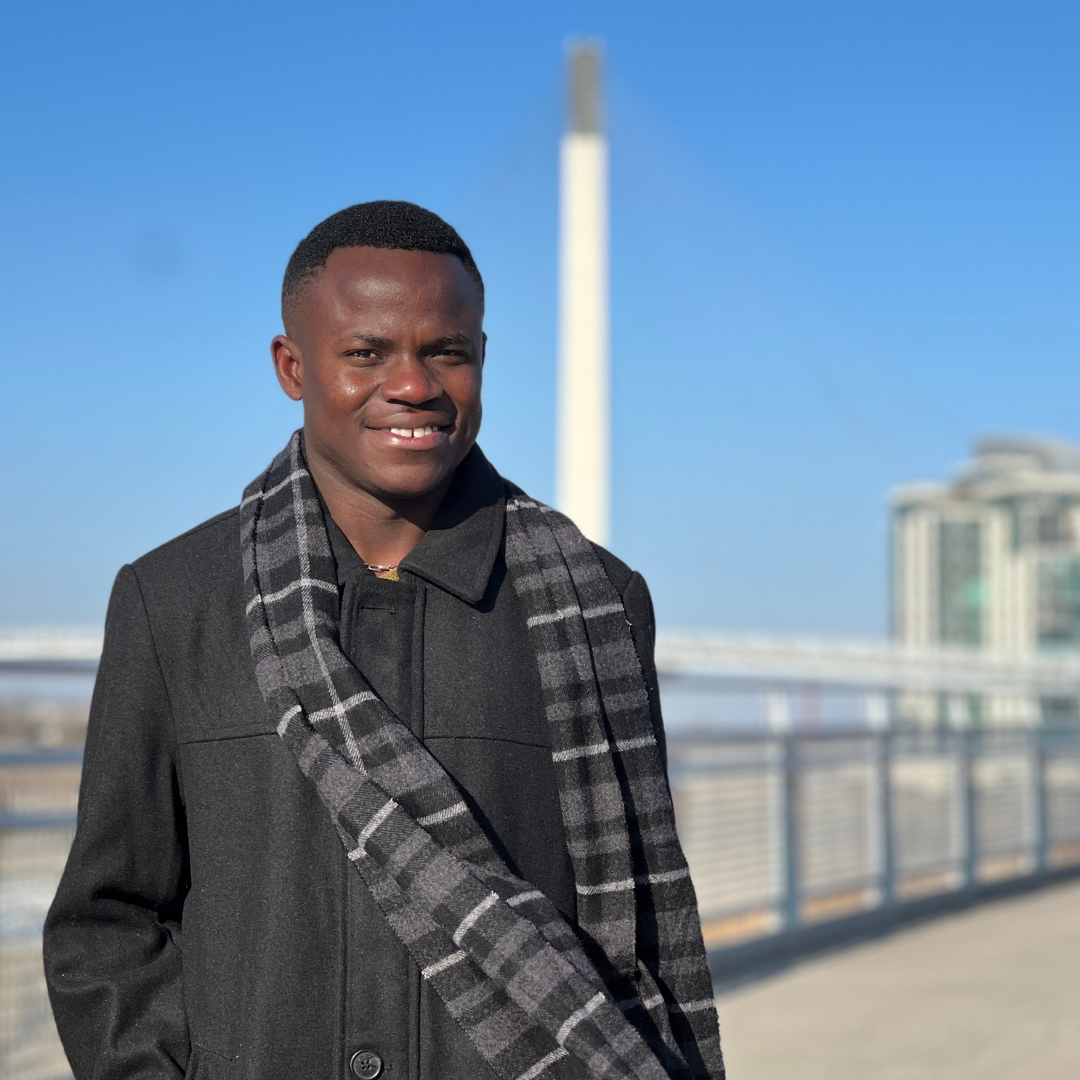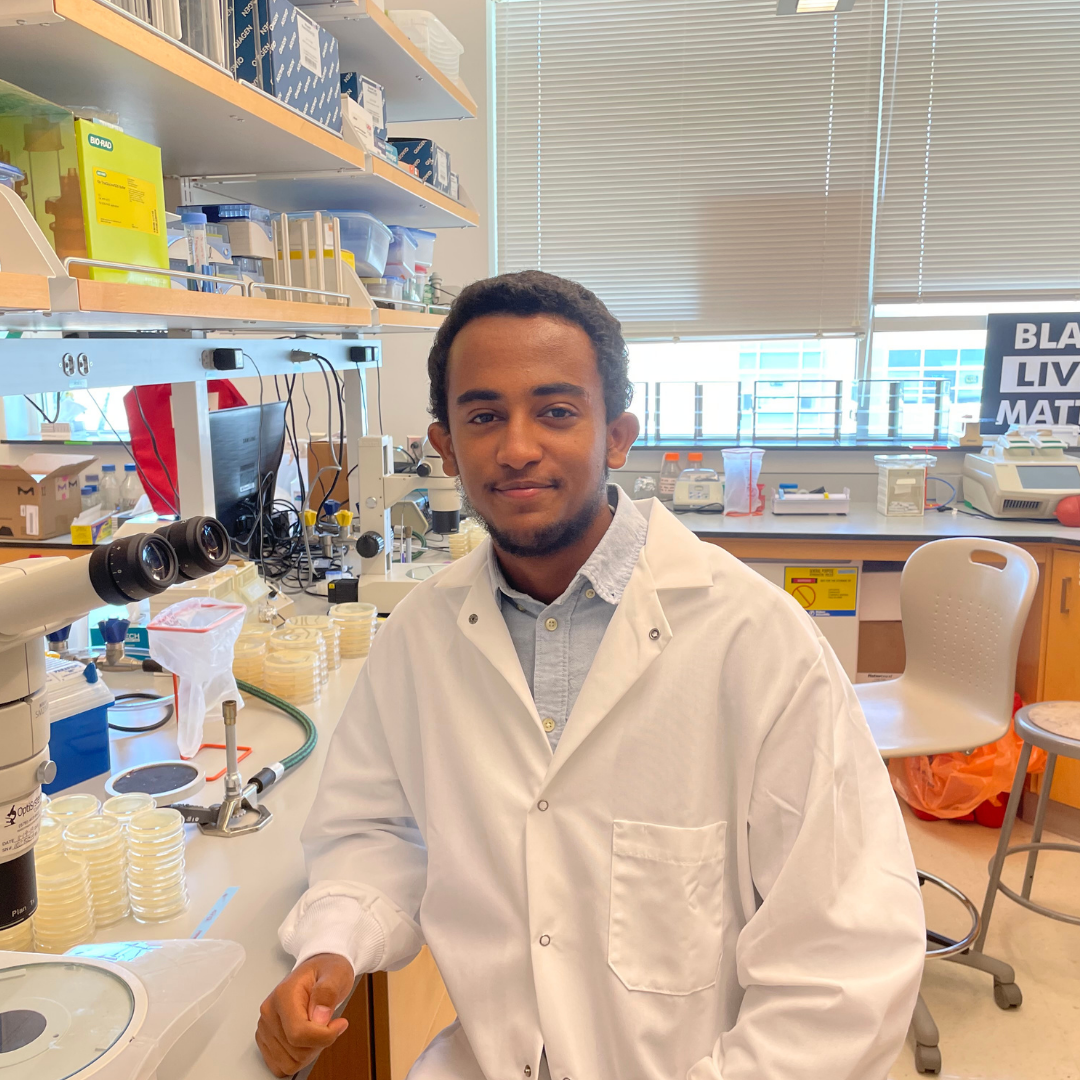Meet Baovi “Vi” Vo of the University of Minnesota! A PhD candidate in Kevin Wickman’s lab, Vi took part in her first CSHL meeting – Neuronal Circuits (virtual) – during which she virtually presented a poster titled “Anatomic and cellular mechanisms underlying the apparent anxiolytic efficacy of the direct GIRK channel activator ML297”.
Tell us about your research.
My research seeks to identify cellular and molecular mechanisms underlying the contribution of the G protein-gated inwardly rectifying K+ (GIRK) channels to anxiety-related behavior, and examine the therapeutic potential associated with manipulating GIRK channels to treat anxiety-related disorders.
How did you decide to focus on this area/project?
Anxiety disorders are very common and debilitating; however, current anti-anxiety medications are inconsistently effective and have adverse side effects. I believe a better understanding of mechanisms underlying anxiety can lead to more effective treatments, which will enhance the quality of human life and reduce the economic and personal burden linked to anxiety disorders.
What and/or who is the inspiration behind your scientific journey?
My initial interest was cancer research but one day, by chance, I read an article describing a study in which researchers observed mice in stressful environments had significantly higher growth and rate of metastasis of tumor compared to the control mice in regular environments. I was struck by the finding. I then realized the importance of stress responses and how emotion impacts physiology and one’s vulnerability to diseases. My passion is in neuroscience; seeking to understand the neurobiology of anxiety and depression which is a major etiology of several diseases and disorders. I believe one day my findings could fill the knowledge gap and help people with mental health problems or any underlying conditions to live a happier life.
What impact do you hope to make through your work?
I love doing science. I believe no discovery is small, no finding is insignificant (even a negative finding has its own value). I take every single step seriously -- experimental design, data collection, data analysis, technical optimization, mentoring, etc -- and have a daily objective that takes me a step closer to reaching my ultimate goal: Improve medicine and help people live a happier life.
What do you love most about being a researcher?
We have the knowledge and the tools to invent knowledge, and that to me is super cool. Since I was a kid, I asked a lot of questions: Why is the sky blue? How do we perceive colors? Why do people say I look like my dad? How does biological inheritance work? As a scientist, I have the ability to design experiments that test my hypothesis and figure out the answer to unanswered questions.
What drew you to attend this meeting?
Its topic of ‘neuronal circuit’ is highly relevant to my research. In addition, I am very interested in the research of several invited speakers, such as Drs. Lisa Giocomo, Georg Keller, and Sandra Kuhlman. The chance to discuss my work, and learn the new findings and techniques used to study neuronal circuits and relevant behaviors from colleagues was also a big draw. Since this is a small meeting that encourages interactions and discussion, it provides opportunities to expand my professional network with whom I can discuss common research interests and potential collaborations.
What is your key takeaway from the Meeting; and how do you plan to apply it to your work?
New techniques are developed every day, therefore, it is important to be open to learning new strategies and techniques that will help answer research questions. I don’t have experience in programming or coding, but I am interested in exploring the approaches that utilize deep learning and machine learning to analyze data and find meaningful patterns in large data sets. DeepLabCut is an example. I want to learn more about this program and apply it to my animal tracking experiments and behavioral analysis.
What feedback or advice would you share with someone considering to participate in this meeting?
This meeting is definitely beneficial for all scientists at any career stage. I like that the scientific content presented was not only filled with advanced techniques and interesting research questions in the realm of neuronal circuit, but it was also wide in terms of the model organisms that could be employed to study the circuits. We use mice in our lab, but it is interesting to learn about the neuronal circuits of flies, worms, fishes, etc. Questions from people outside of your specific field are refreshing and can help remind you to take step back and look at your work at a larger scale - a critical step for a scientist who wants to do great science and impactful work.
What’s the most memorable thing that happened during the Meeting?
Due to COVID-19, the meeting was re-organized into a virtual one and this is the first virtual meeting that I have attended. We all are currently going through a very difficult time with the current global pandemic, but I am very impressed by and grateful for all the efforts the meeting organizers and participants put in to make the meeting happen. Currently, several labs cannot conduct certain experiments but this meeting allows us to continue to discuss science, generate new ideas, and make discoveries through discussions and dry lab works. The meeting reminded me that science keeps going despite adversity and challenges.
Thank you to Vi for being this week's featured visitor. To meet other featured researchers - and discover the wide range of science that takes part in a CSHL meeting or course - go here.
Images provided by Baovi Vo.
































